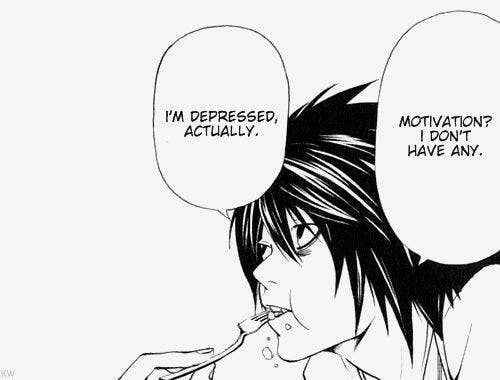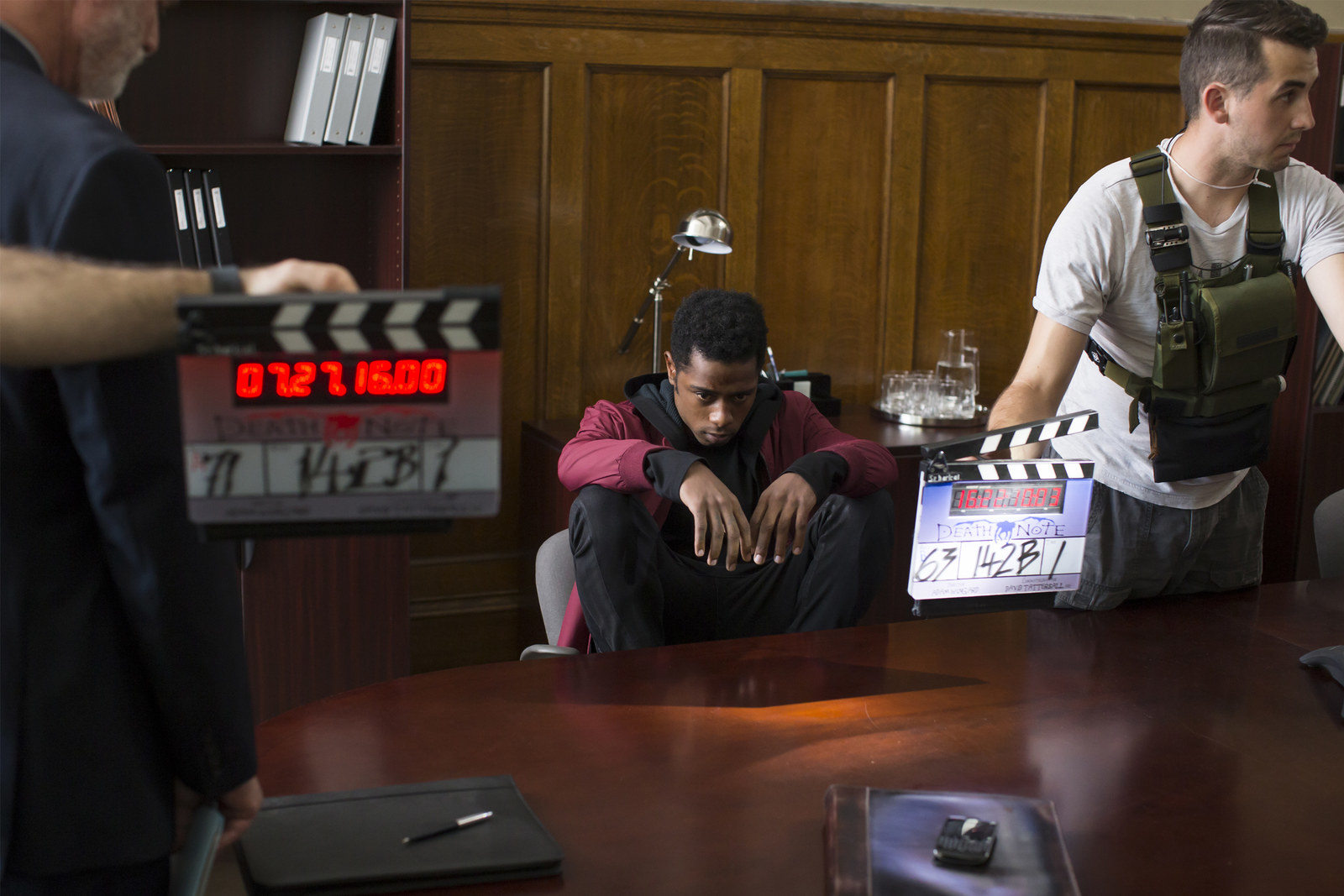
After Netflix released the first trailer for Death Note earlier this year, Twitter erupted into furious debate over whether the project was another case of Hollywood whitewashing. Many argued that the Nat Wolff–led thriller, which is based on a wildly popular manga series, should have starred an Asian-American actor as the lead. But Lakeith Stanfield — who plays L, a brilliant, oddball detective in the Netflix film — seemed to find amusement in the controversy. Of Adam Wingard’s Death Note cast, he was the first to address the accusations. “Currently blackwashin shit,” the actor wrote in a tongue-in-cheek tweet that he has since deleted.
Now, months after the initial wave of backlash, Stanfield is doubling down on his opinion, this time without any humor. “I understand where [their argument] comes from, and I agree that Asian-Americans should be portrayed more in film — totally,” Stanfield told BuzzFeed News in mid-August, but he disagreed that those behind it sought to exclude Asian-Americans. “This film is an American adaptation, therefore … the American cast would reflect American demographics. I think this movie did that,” the actor said, echoing the Death Note producers’ previous defense of the project. Stanfield also pointed out that an Asian-American actor was cast, referring to Paul Nakauchi’s role as the stone-faced Watari, L’s father figure and sole confidant.
“I think people misunderstand sometimes what an adaptation actually is, and they assume that everything should be exactly the same as the original piece,” Stanfield continued. “This was a chance to go in a different direction. When people realize that, they’ll be able to sit more comfortably with it.” In fact, the actor said that even he had to come to terms with Death Note’s departure from the source material.“I came into it expecting and wanting everything to be exactly the same,” he said, adding that he “fell in love” with the character of L after diving into the anime and manga series in order to prepare for his audition.

In Tsugumi Ohba’s story, world-renowned investigator L descends on Tokyo to assist the local police in capturing Light, a deranged high school student hell-bent on ridding the world of evil through the use of a Death Note. (The supernatural killing notebook allows the writer to kill anyone whose name is written in it.) But L isn’t your average PI. He rarely sleeps and prefers to crouch on seats instead of sitting. With dark circles under his eyes and a proclivity for saying whatever he feels, L is jarring in appearance and unbound by social norms, which makes him far more intriguing than the refined Light. Imagine Sherlock Holmes or Dr. Gregory House — but with a massive sweet tooth and much more endearing. “He’s highly intelligent, aloof, awkward, and seems to be a bit detached socially but very likable and very cute,” said Stanfield, recalling what drew him to the role. “He’s just a lovable guy, isn’t he?”
After Stanfield won the part, however, the script began to change. “I wanted to keep everything pretty much as the same, as far as his posture [and] even as far as how he dressed … But as the story evolved, I was directed to wear different kinds of clothing and change things up a bit,” he said.
Stanfield’s version of the character dons all-black attire, complete with a bandana that obscures his mouth throughout most of the film, whereas the original L sports a plain white shirt with baggy jeans and often forgoes shoes. Aside from the changes to L’s appearance, Stanfield’s L also demonstrates more emotion and human attachment than the manga’s L ever does. (Warning: spoilers ahead!) In the final act of Netflix’s Death Note, for example, a usually calm and collected L loses his composure when he realizes Watari is dead. Visibly shaken, he arms himself with a gun and hijacks a police car in order to hunt down Light (Wolff), the perpetrator.
“The L in the manga would never carry a gun or run around in an action scene,” said producer Masi Oka, who served as an intermediary between Death Note’s creators and those behind the American adaptation. “The senseis were kind of concerned, ‘Oh, L feels a little too emotional at times.’ But we wanted the characters to be more relatable in the US since … we always want to see the journey of a character, a growth, a change.”
I think the way L sits is a part of me now. Not even doing it consciously
It’s Watari’s death that sets in motion the film’s intense chase scene, in which an enraged L ravages through the streets, dodging cars and charging through dark alleyways in pursuit of Light. “That’s his Achilles' heel. If Watari didn’t affect L, the story wouldn’t have gone to the final point,” Oka continued. “I think audiences in America, we’re used to seeing that character’s journey and being able to relate, emote with, and empathize with the characters.”
By the end, when L finds a piece of the Death Note stashed in one of Light’s textbooks, the previously incorruptible detective seems to have deviated from his rigid morals. It’s unclear whether L does write down a name in the Death Note, as the movie cuts away from the scene, but Stanfield is convinced his character has gone over to the dark side.
“Um, I think he's pretty sure that he's going to write a name by the time [the film] concludes,” the actor said.
Oka would not reveal what Wingard has envisioned for a potential follow-up film, should Netflix decide to make it. Asked if he’d return to play L in a Death Note sequel, Stanfield said simply, “Of course.” And from the looks of it, he’s settled into the role.

